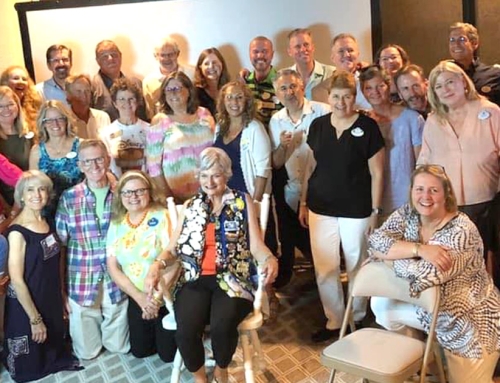 Our theme this month is: GRAFFITI. We define graffiti as anything that either distracts or detracts from the ideal patient or customer experience. It can be physical or verbal and often we don’t even realize something is “graffiti” until someone points it out.
Our theme this month is: GRAFFITI. We define graffiti as anything that either distracts or detracts from the ideal patient or customer experience. It can be physical or verbal and often we don’t even realize something is “graffiti” until someone points it out.
Last week, I called our pediatrician’s office to make wellness appointments for my daughters. I was immediately put on hold due to high call volumes. The recorded message said, “Thank you for calling xyz pediatrics. All of our PSRs are on the other line assisting other patients. Please hold for the next PSR.”
What in the world is a PSR? I honestly didn’t know!
As I waited on hold – and the recorded message repeated three or four times – I started trying to guess what it meant. Provider staff relations? Phone staff receptionist? Phone service responder? I had no idea.
Finally, a woman answered and thanked me for holding. She helped make the appointments I needed for my girls and when I thanked her she asked if there was anything else she could help me with. I paused and then said, “Actually, there is. Can you tell me what a PSR is?”
“Oh sure,” she said. “It stands for Patient Services Representative.” I told her why I’d been confused and how it was used in their on-hold message with no explanation of what it meant. She was quiet for a second and then she said, “Oh I had no idea. I’ll let our team know so we can clarify it.”
Small thing, I know. But how many times do we use words, phrases, acronyms, abbreviations, and healthcare jargon in the name of efficiency? Certainly there are times when patient confidentiality and privacy must be preserved, but in general, most of the jargon we use can be categorized as graffiti. It doesn’t do anything to improve the patient experience – in fact, it may make it worse by frustrating or confusing patients.
One of the easiest ways to improve the patient and customer experience is to speak in a language patients understand. Please know this isn’t meant to “dumb things down” but rather to simplify. By eliminating this graffiti we reduce the chances that patients will feel confused, frustrated, or in the dark about their own healthcare.
Take a walk through your hospital, clinic, or office. Is there anything patients or employees might find confusing? Any signs that could be made more clear? How about your on-hold message? And how about the way your front desk person answers the phone, checks in patients, answers questions – are they using jargon or insider terms that patients might find alienating and confusing? If you’re not sure – ask patients.






Leave A Comment